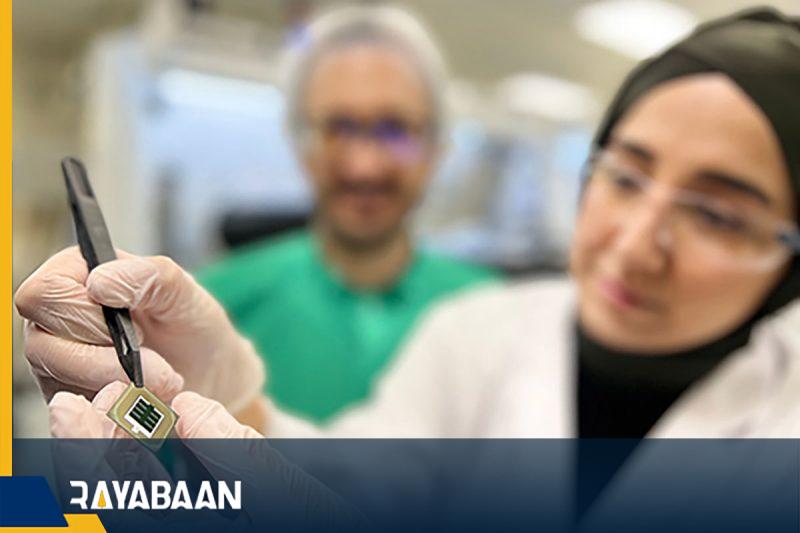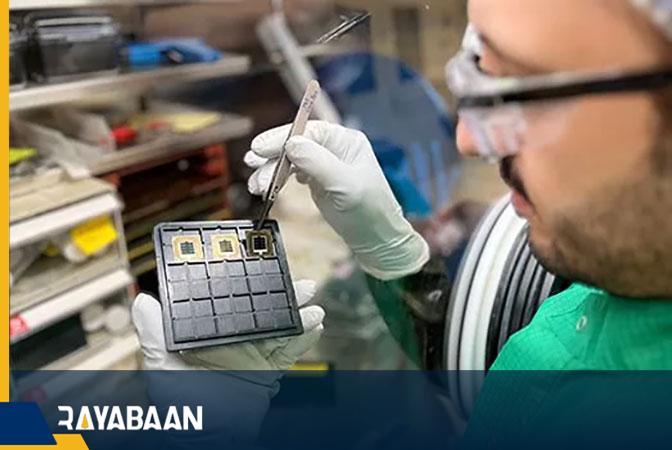
Saudi researchers broke the world record for the efficiency of solar cells
Researchers at King Abdullah University of Science and Technology (KAUST) have succeeded in developing a new type of tandem solar cell that has broken the efficiency record. This solar cell has achieved an efficiency of 33.2%, which is higher than the previous record of 32.5%.
Polyjunction solar cells (PCE) are developed by combining silicon and perovskite subcells and have higher efficiency than conventional crystalline solar cells. Currently, crystalline silicon is the most common material in photovoltaic technology for the production of solar cells, which has an efficiency of nearly 20-22%.
Saudi researchers break the record for multijunction solar cell
Double-sided multijunction solar cells are equipped with perovskite cells on top and silicon on the bottom. When these materials are combined with each other, they have a better ability to receive and convert sunlight into electricity.
The solar cell developed by Saudi researchers has achieved an efficiency of 33.2%, which is the highest efficiency among multi-junction solar cells. Before this record, the highest yield was held by the German institute Helmholtz-Zentrum Berlin (HZB) with 32.5 percent.

Dr. Stephen de Wolf, who managed the development team of this solar cell, said in a press release that the development of this cell shows the high potential of this technology in energy production:
Dr. Stephen de Wolf, who managed the development team of this solar cell, said in a press release that the development of this cell shows the high potential of this technology in energy production:
“The new record, which is the highest PCE among bijunction solar cells under decentralized illumination, confirms the high potential of perovskite/silicon multijunction solar cells to provide ultra-high efficiency photovoltaic modules; An issue that is vital for quickly achieving the goals of renewable energy to deal with climate change.
According to the official statement, this solar cell, which was developed in the Photovoltaic Laboratory of the KAUST University Solar Center, has been approved by the European organization ESTI.
Saudi researchers have been working on multi-junction solar cells since 2016 and have explored different materials, methods, and structures. Now they have managed to set a world record.
